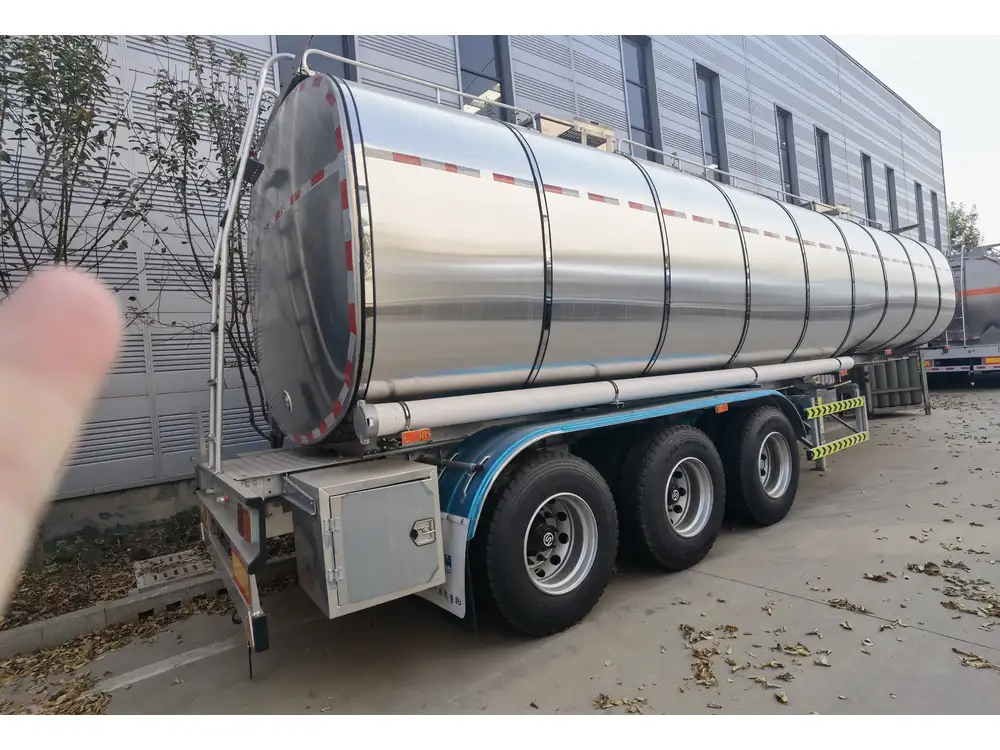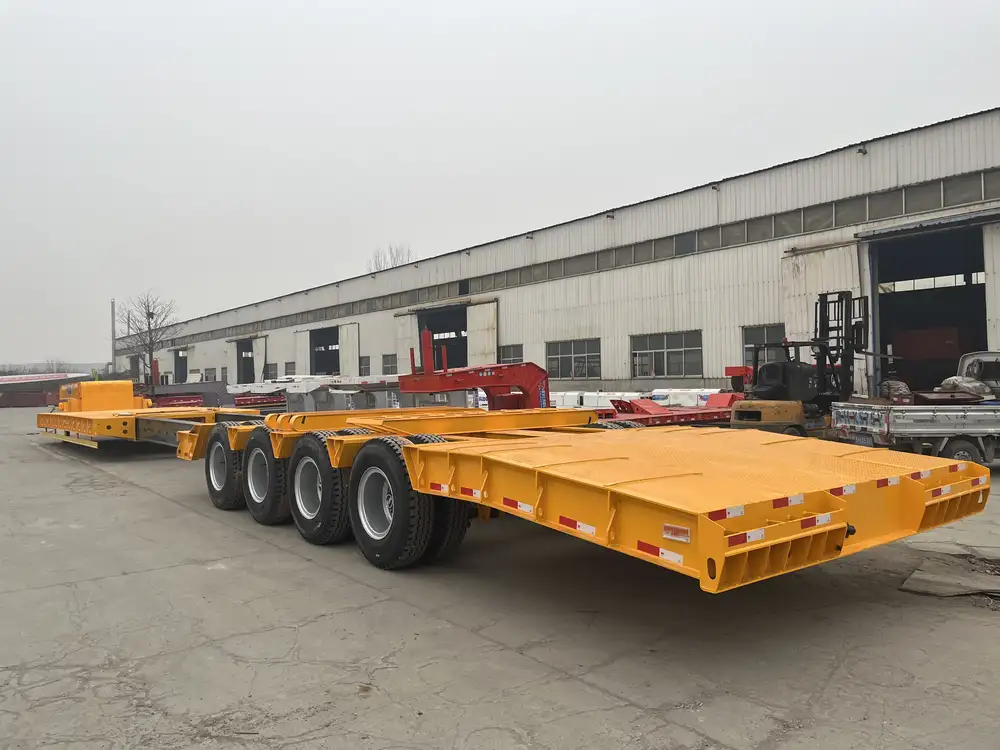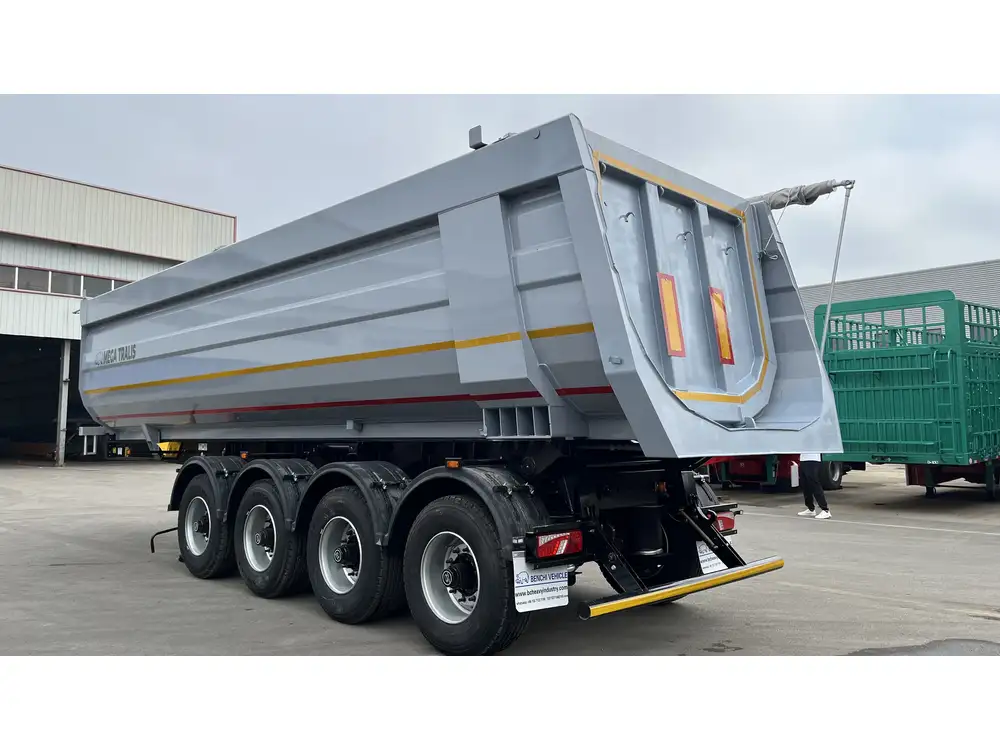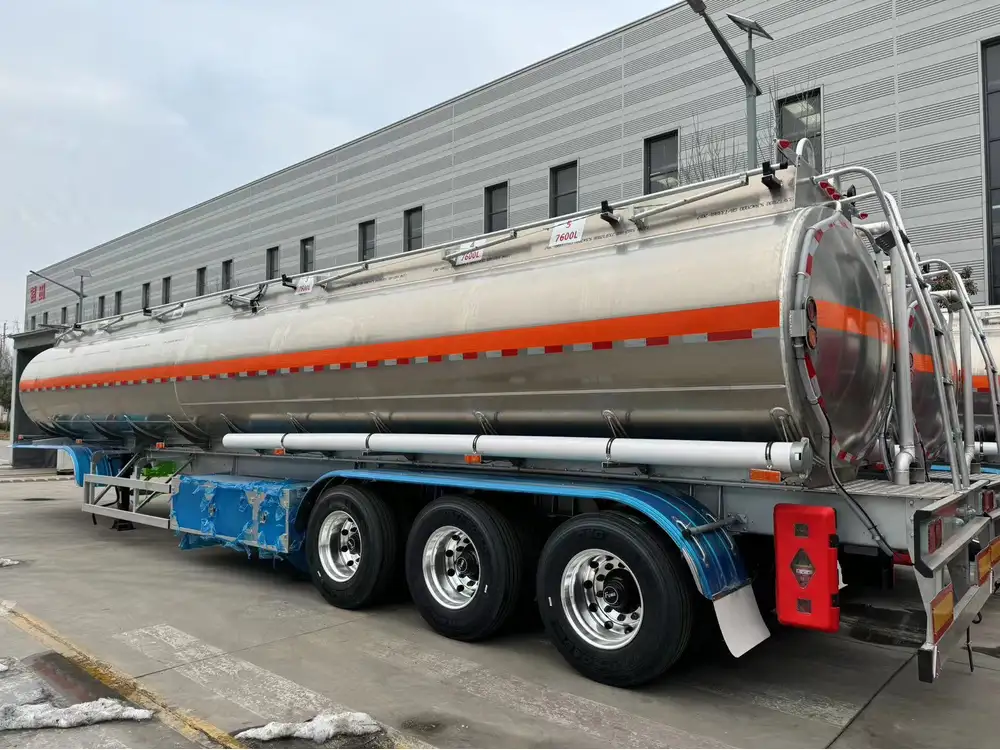In the realm of semi-trailer manufacturing, precision and clarity are not just desired but essential. One crucial aspect of semi-trailer displays is the horizontal axis, particularly when it comes to showcasing trailing digits. This article delves into the necessity, functionality, and advantages of the horizontal axis of display containing trailing digits, providing a comprehensive analysis aimed at manufacturers, users, and stakeholders in the transport and logistics industry.
The Role of the Horizontal Axis in Display Systems
Defining the Horizontal Axis of Display
The horizontal axis of display in semi-trailers refers to the layout where critical metrics, including load capacity, dimensions, and operational data, are illustrated. It serves as the benchmark for various parameters, guiding users to understand their vehicle’s specifications effectively.

Importance of Trailing Digits
Trailing digits—those numbers that extend after the decimal point—play a pivotal role in precision measurement systems. In semi-trailer displays, they can indicate minute adjustments, load weights, or even better fuel efficiency metrics. The significance of accurate trailing digits cannot be overstated, as they can influence decision-making and operational efficiency.
Example of Layout Design
| Metric | Value | Trailing Digits |
|---|---|---|
| Maximum Load (lbs) | 30,000 | 0 |
| Dimensions (ft) | 48.5 | 0.5 |
| Fuel Efficiency (mpg) | 8.75 | 0.25 |
This table illustrates how the display systematically presents data, emphasizing the critical nature of trailing digits in creating an accurate representation.
Key Benefits of Accurate Displays

Enhanced Operational Efficiency
An accurate horizontal axis allows operators to make informed decisions based on precise measurements. For instance, knowing the exact load capability down to decimal points can ensure optimum utilization of both the vehicle and fuel. This immediate accessibility to information decreases downtime and increases productivity on the road.
Improved Safety Standards
When handling heavy loads, safety is paramount. A display that accurately represents residual weight can prevent overloading, ensuring that safety standards are upheld and regulatory compliance is met rigorously. By using trailing digits, a clearer picture of the weight distribution becomes observable, further enhancing the reliability of transport operations.
Greater User Experience
A well-designed display creates an intuitive user experience. Operators find it easier to read and interpret the data, allowing them to concentrate on driving and navigation. Clarity in displays encourages less guesswork and more confidence, directly correlating with overall productivity.

Implementing Effective Displays: Best Practices
Standardization of Measurements
To cater to varying user requirements, it is crucial to standardize measurements. This not only facilitates easier comparisons between different vehicles but also engenders a robust quality assurance process. Trailing digits must adhere to best practices in numerical precision, aiding users in interpreting their importance.
Utilization of Advanced Technologies
Incorporating digital displays with enhanced visibility features can take horizontal axis displays to the next level. For example, using LED lighting or backlit screens can significantly improve readability, especially under restrictive lighting conditions.

Regular Calibration of Displays
A systematic approach should include routine calibration and testing of display systems to ensure ongoing accuracy. This process prevents discrepancies that could arise from technical malfunctions or wear and tear, ensuring that users can rely on the displayed information.
Trailing Digits in Context: Use Cases and Applications
Freight Management
In freight transport, where precision affects cost calculations and profitability, trailing digits are critical. For instance, variations in shipping weight can incur significantly different fees. Users benefit from precise payload data, leading to optimized freight operations and improved financial returns.

Inventory Tracking
Effective inventory management in semi-trailers also relies heavily on accurate displays. As cargo shifts, operators must reference the horizontal axis and alter their understanding of the load. Proper trailing digits allow operators to make critical decisions about reallocation or redistribution of cargo mid-journey.
| Scenario | Impact of Trailing Digits | Result |
|---|---|---|
| Correct Load Weight | Increased payload accuracy | Cost efficiency |
| Enhanced Monitoring | Immediate response to changes in load | Reduced risks |
Addressing User Queries and Concerns
What are Trailing Digits?
Trailing digits represent the fractional component of a measurement and are crucial in achieving accuracy. They are often seen in weight measurements, dimensions, or performance metrics where precision is necessary to avoid financial implications—both in operational efficiency and regulatory adherence.

Why are They Important?
The precision provided by trailing digits allows manufacturers and users to ensure compliance with guidelines and performance expectations. For semi-trailers, even seemingly minor discrepancies can lead to significant repercussions in safety, efficiency, and financial margins.
How to Interpret Display Readings?
Understanding how to read the horizontal axis with trailing digits allows operators to optimize load distribution and fuel consumption. Users must be trained to interpret data effectively, empowering them to make quick decisions based on their observations.
Common Challenges in Measurement and Display

Misinterpretation of Data
Users may often misread or misinterpret the significance of trailing digits due to a lack of familiarity with these displays. This can lead to mistakes in load management and operational efficiency.
Technical Malfunctions
Displays, like any technology, can experience failures. Regular maintenance and immediate troubleshooting protocols are essential to mitigate risks associated with display inaccuracies.
Environmental Factors
External factors like weather conditions or extreme temperature variations can influence the accuracy of readings. Implementing protective casing and choosing appropriate materials can enhance display resilience.

Conclusion
In summary, the horizontal axis of display containing trailing digits is a fundamental aspect of semi-trailer operation. It enhances accuracy, safety, and user experience while streamlining operational efficiencies. By implementing best practices, leveraging technological advancements, and addressing common user concerns, we can ensure that semi-trailer displays are not only functional but also effectively serve their users’ needs.
In the competitive landscape of semi-trailer manufacturing, investing in high-quality, precise display systems is indispensable. As businesses seek to optimize operations and enhance safety measures, the role of the horizontal axis of display with trailing digits emerges not just as an afterthought but as a cornerstone of effective fleet management. This proactive approach towards displaying critical metrics ensures that users can trust in their equipment, maximize their efficiency, and ultimately, drive their business forward with confidence.



